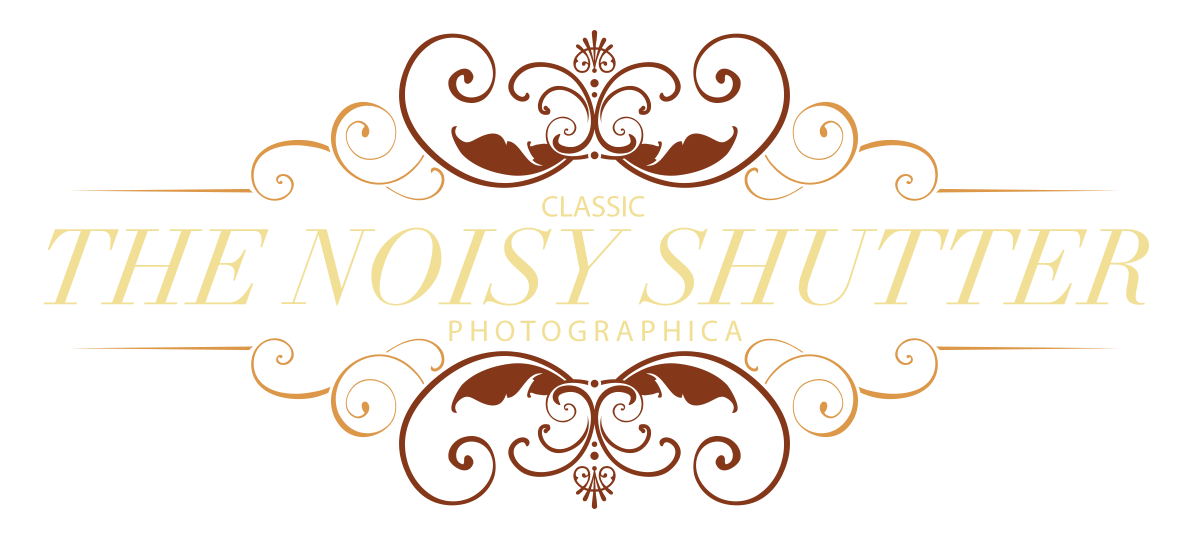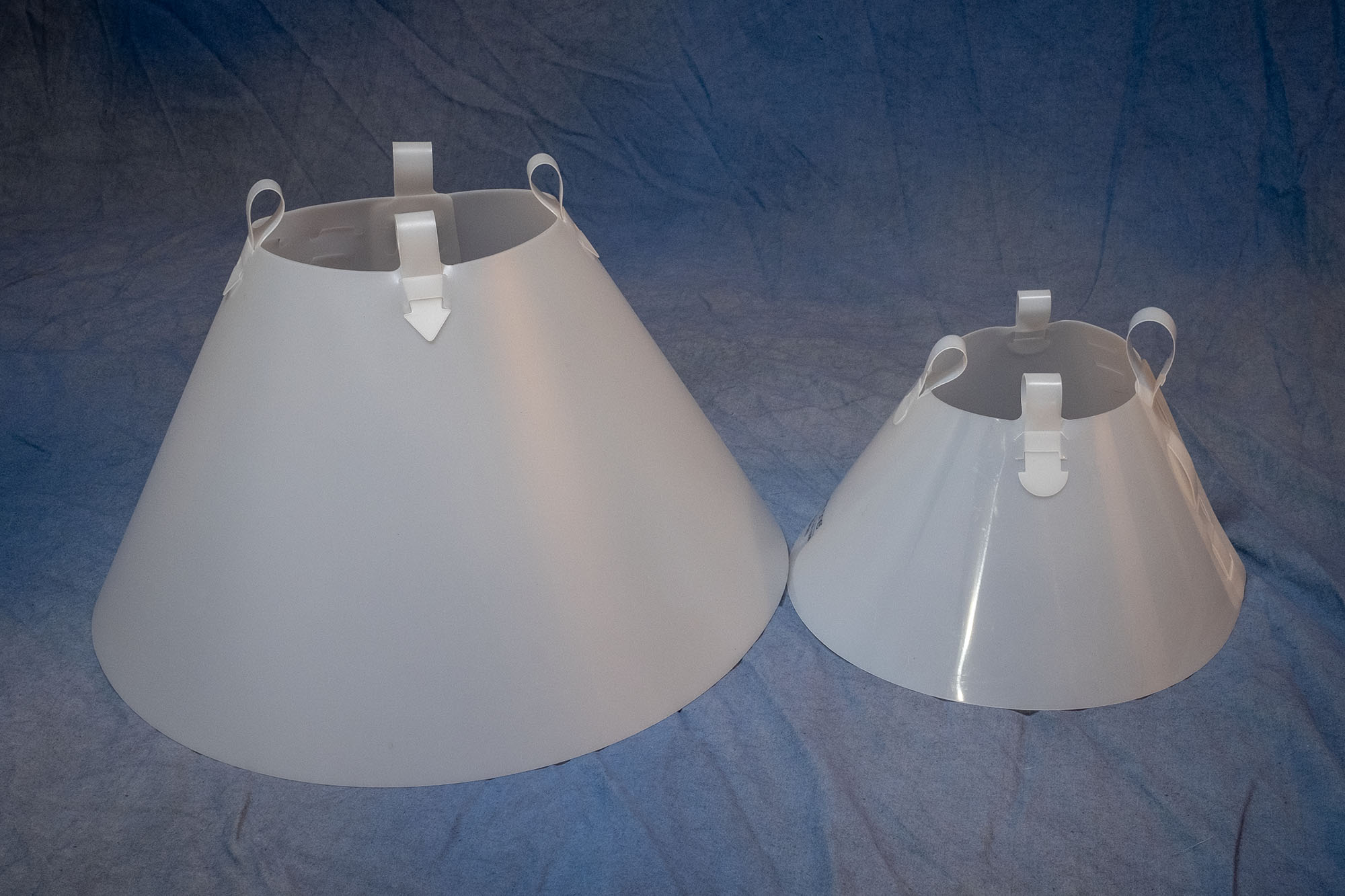I don’t know the origin of the moniker, and I didn’t know what else to call it. When a pet dog undergoes a surgical procedure, it is often necessary to prevent the dog from licking the incision. The solution to this is often an adjustable plastic “cone” placed around its neck. This effectively prevents the dog from licking or biting at the wound and introducing infection.
Highly reflective objects have traditionally been difficult to photograph. One of the commercial photographers I assisted early on was particularly adept at coming up with creative product lighting solutions. Since then I have kept my mind and my eyes open for anything that helps me achieve the look I want, even if the effect is subtle. Sometimes those solutions present themselves in unusual forms.
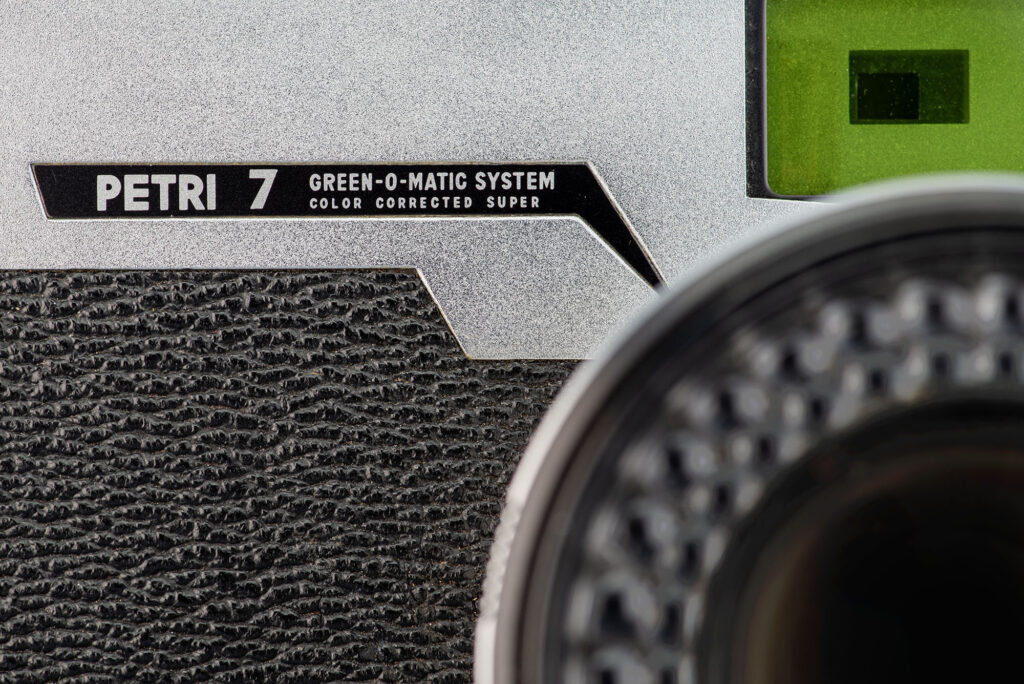
I have found the white polypropylene “cone of shame” to be a useful tool for wrapping light around a product that has reflective surfaces. It acts as a circular scrim for diffusing flash or continuous lighting. Similar cones are available from photographic suppliers and are sold as specialized light modifiers. I’m confident they are well-built and color-corrected. Pet “recovery collars” are often very inexpensive and readily available at pet stores and thrift stores. They are sold in different sizes, adjustable, can be shaped as needed, and are quickly disassembled into a flat, easily storable form.
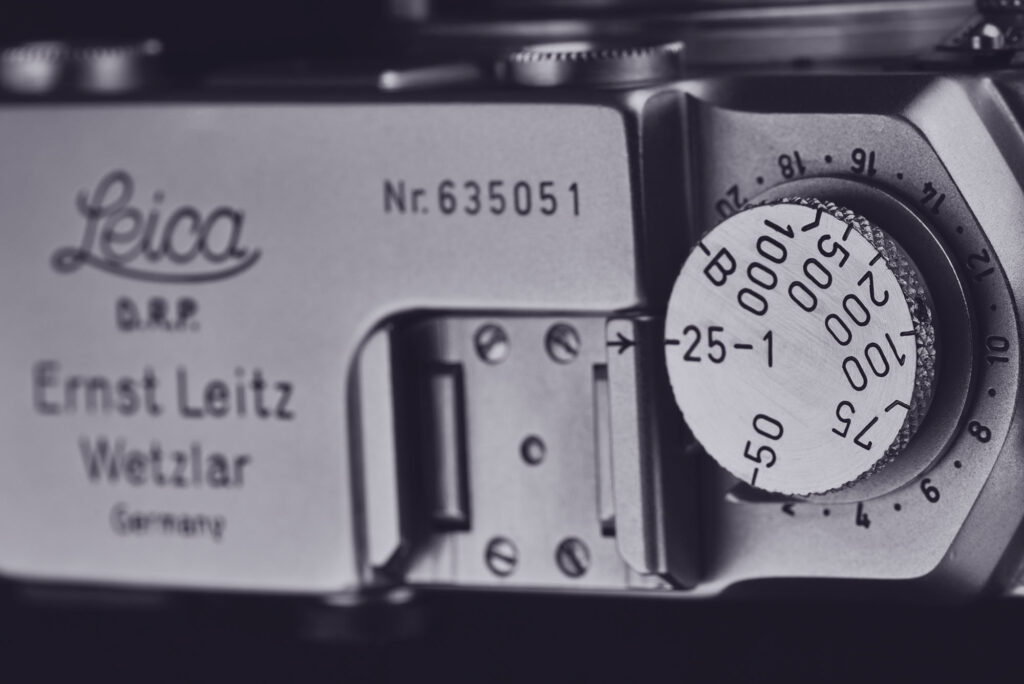
Typical usage, at least for me, involves shooting downward from a tripod, with a macro lens, through the neck opening. Light sources, whether flash or LED, are placed around the cone. Tripods with a center post that can be inverted work well in this scenario. I keep an old Manfrotto 3001 with a ball head set up this way just for this purpose.
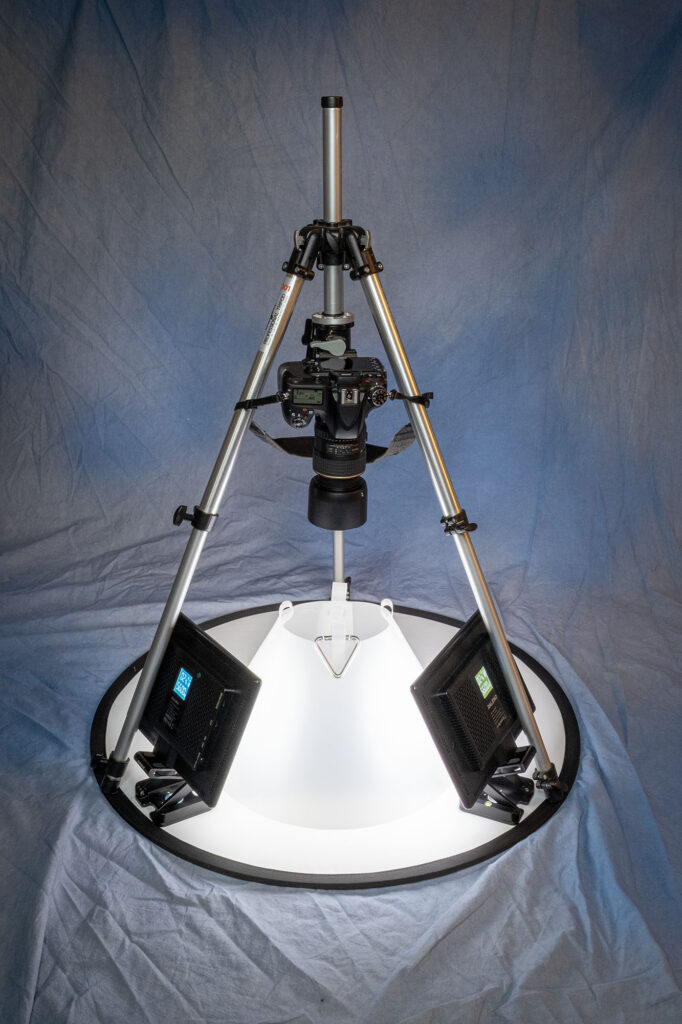
Individual cones’ color balance may be off-white. If shooting color film, this is a possible concern. When shooting digital, color balance can be established in camera or in post processing without a problem. Whenever color balance is a critical issue, perhaps the photo-specific light modifiers are the appropriate approach.
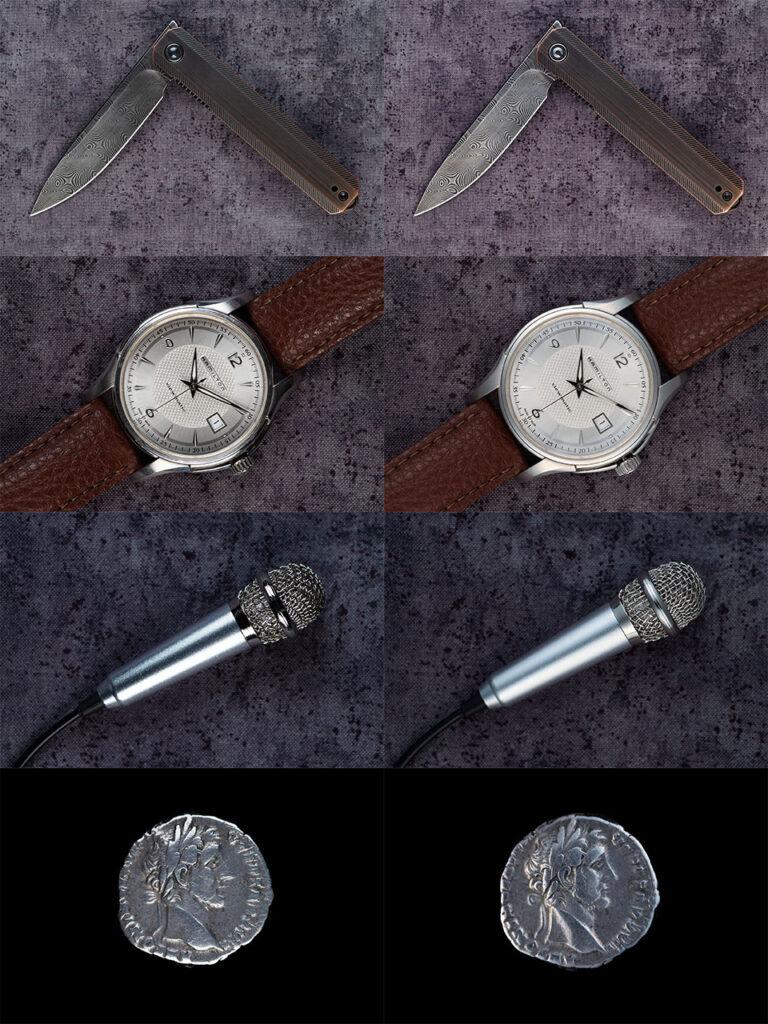
The above collection shows the effect, sometimes subtle, of adding the cone between the lights and the objects. Objects lit with the cone of shame are on the right. Light sources can be moved around and varied in intensity for additional adjustments. Obviously this is not the only way to light every product every time, but I wanted to throw it out there as an inexpensive but effective tool for achieving quick and easy wrap-around lighting.
